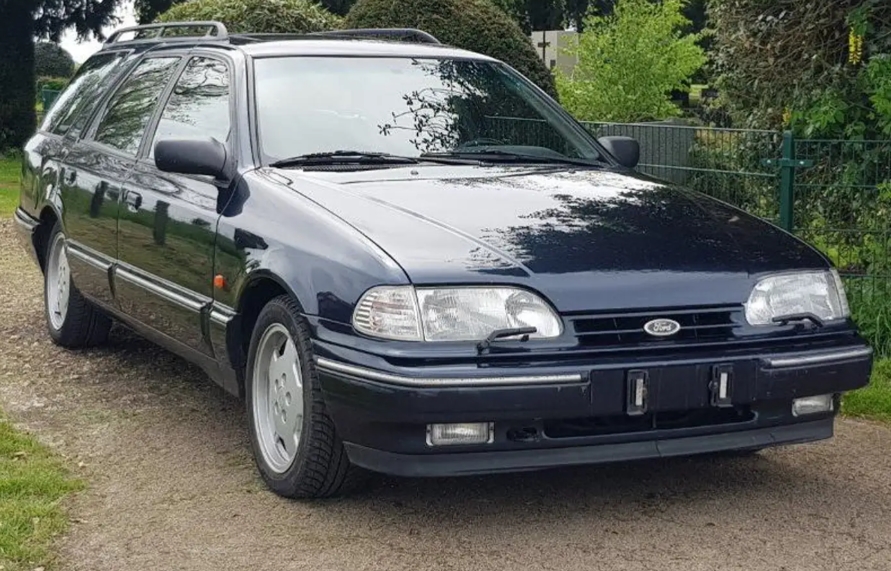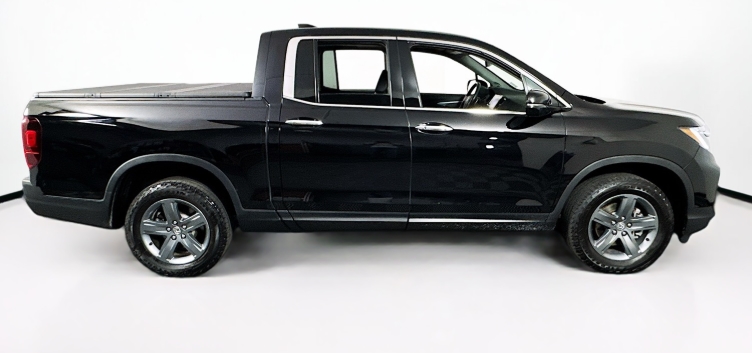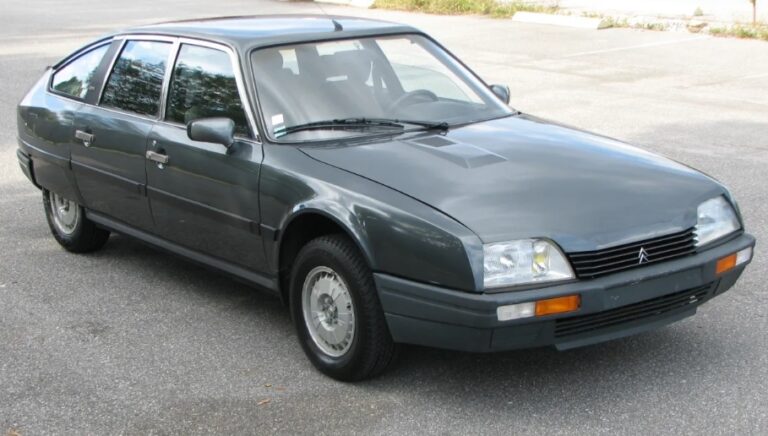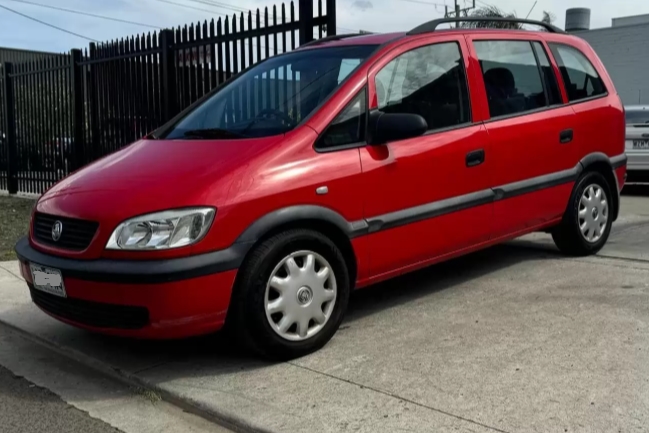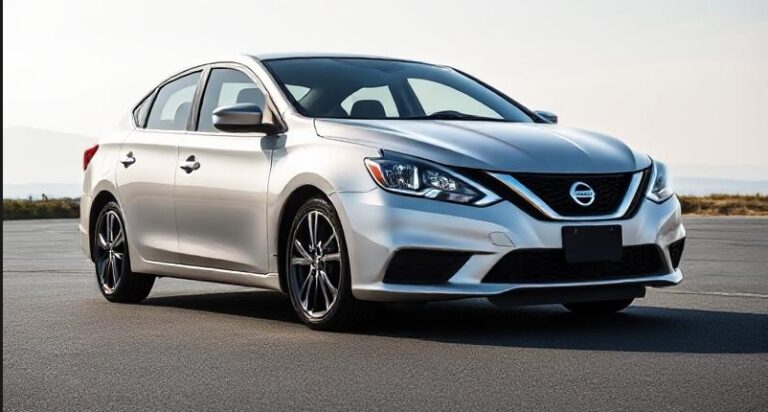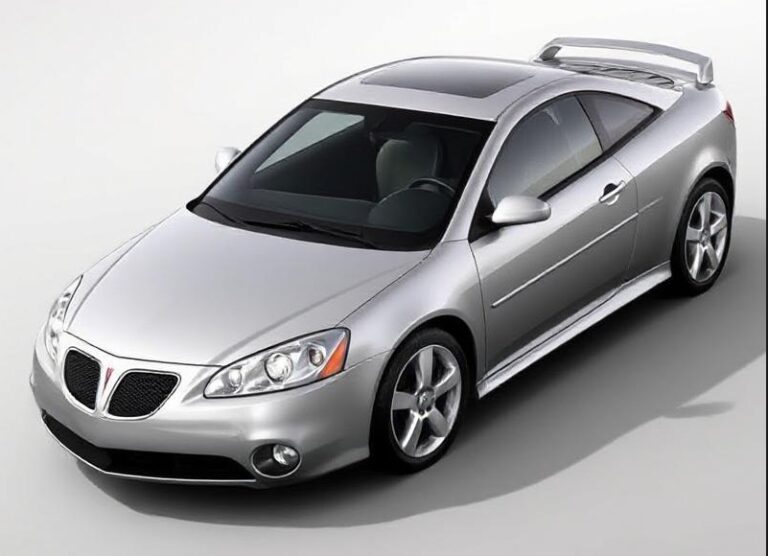The Evolution of the Ford Scorpio
The Ford Scorpio stands as one of the most noteworthy models in Ford’s history, representing a bold foray into the executive car segment during the 1980s and 1990s. Its development reflects shifts in automotive design, technology, and market preferences over nearly two decades. This article offers a detailed chronicle of the Ford Scorpio’s evolution, covering its production years, model variations, and trim levels.
Introduction
Launched in 1985, the Ford Scorpio was introduced as a replacement for the Ford Granada and was positioned as an upscale, mid-size luxury sedan aimed at competing with European rivals such as the Mercedes-Benz E-Class and BMW 5 Series. Its design, engineering, and features evolved significantly throughout its production run, which ended in 1998. The Scorpio’s development was marked by a focus on comfort, safety, and technological innovation, making it a flagship model for Ford during its era.
Production Timeline and Overview
- First Generation (1985–1994): The Ford Scorpio first appeared in 1985, based on the Ford EUCD (European Compact and D-Class) platform, sharing components with the Ford Sierra and Merkur XR4Ti. It was produced mainly in Germany at the Saarlouis plant, with some models assembled in the UK.
- Facelift and Second Generation (1994–1998): The Scorpio received a significant facelift in 1994, which extended its life and modernized its appearance. Production continued until 1998, after which Ford discontinued the model, partly due to declining sales and stiff competition.
First Generation Ford Scorpio (1985–1994)
Launch and Initial Models
The first-generation Scorpio debuted in 1985, aiming to combine luxury with the practicality of a mid-size sedan. Its design was characterized by a sleek, aerodynamic profile, which was quite advanced for its time.
Model Range and Trim Levels
Initially, the Scorpio was available in several trim levels, which varied by market but generally included:
- L (Base Model): Basic features, modest interior appointments, and minimal equipment.
- GL: An upgrade over L, offering improved interior features, better trim, and additional comfort options.
- Ghia: The flagship trim, emphasizing luxury, with features such as leather upholstery, power accessories, and advanced audio systems.
- V6 Models: Introduced later, these featured a 2.9-liter V6 engine, primarily in Ghia trim, emphasizing performance and refinement.
Powertrain Options
The first-generation Scorpio was powered primarily by:
- 2.3-liter I4 engine: Standard in base models, offering modest performance.
- 2.6-liter I4 engine: A slight upgrade, available in mid-range trims.
- 2.9-liter V6 engine: The top engine option, providing smooth power delivery and a more refined driving experience, available in Ghia trims.
Special Editions and Variants
Throughout its production, several special editions and variants appeared, such as:
- Scorpio Cosworth (Early 1990s): A limited-edition model aimed at enthusiasts, featuring a turbocharged 2.0-liter or 2.9-liter engine with enhanced performance.
- Executive and L Series: Higher-spec models with additional luxury features, often tailored for specific markets.
The 1994 Facelift and Second Generation (1994–1998)
In 1994, Ford introduced a comprehensive facelift to modernize the Scorpio’s appearance and update its features. While the platform remained largely the same, the cosmetic and technological updates aimed to keep the Scorpio competitive.
Design and Features
- Exterior: The facelift included a redesigned front grille, integrated headlights, more aerodynamic bumpers, and updated taillights, giving the Scorpio a more contemporary look.
- Interior: Upgraded materials, improved ergonomics, and new technology options such as more advanced audio systems and optional climate control.
Model Range and Trim Levels
Post-1994, the Scorpio’s trim levels were refined and expanded:
- L: Entry-level, basic equipment, manual transmission, cloth upholstery.
- GL: Mid-range, with additional comfort features such as power windows, improved interior trim, and alloy wheels.
- GLX: A more luxurious variant, offering leather upholstery, cruise control, and upgraded audio.
- Ghia: The top-tier trim, with full luxury amenities, premium interior materials, and advanced safety features.
- V6 Models: Continued to be offered, notably in Ghia trims, with the 2.9-liter V6 engine remaining available, and later, a 2.0-liter 16-valve turbocharged petrol engine was introduced.
Powertrain and Technology
The second-generation Scorpio retained the engine options from the earlier model but with some updates:
- 2.0-liter turbocharged I4: Introduced in 1994, providing a sportier, more economical choice.
- 2.9-liter V6: Continued as the flagship engine, offering smooth performance.
- Diesel Options: A 2.0-liter turbo diesel engine was available, appealing to fleet buyers and those seeking fuel economy.
Notable Features
- Safety: Introduction of driver airbags, improved crash protection, and optional anti-lock braking system (ABS).
- Comfort: Enhanced suspension for better ride quality, improved insulation, and more refined interior.
Market Variants and Special Editions
During its lifecycle, the Ford Scorpio was marketed with various special editions and regional variants:
- Scorpio 4×4: All-wheel-drive versions aimed at markets requiring enhanced traction.
- Limited Editions: Such as the “Diamond” edition, featuring unique trim and additional features.
- Export Variants: Models tailored for specific markets, including South Africa and Australia, often with different engine and trim configurations.
.
SEARCHING for those hard to find FORD manuals, guides & books?
This place has you covered! SEE All FORD Manuals From 1920 – 1989.
CHOOSE the year of your vehicle:

.
End of Production and Legacy
The Ford Scorpio was phased out in 1998, with its production ending amid declining sales and stiff competition from newer models and other European executive cars. Despite this, the Scorpio remains a respected vehicle among enthusiasts for its comfort, ride quality, and technological features of its era.
Notable Highlights and Impact
- The Scorpio was one of Ford’s first attempts to compete seriously in the executive segment, emphasizing comfort and technology.
- Its aerodynamic design and focus on safety were ahead of their time.
- The V6 models and luxury trims helped establish the Scorpio’s reputation as a refined, premium vehicle.
Conclusion
The Ford Scorpio’s evolution from 1985 to 1998 reflects a period of significant technological and stylistic change in the automotive industry. From its initial launch as a sleek, mid-size executive sedan to its comprehensive facelift and refinement in the 1990s, the Scorpio embodied Ford’s efforts to compete in a challenging market segment. Although it was eventually discontinued, the Scorpio’s legacy endures among enthusiasts and collectors, appreciated for its blend of comfort, innovation, and distinctive design.
